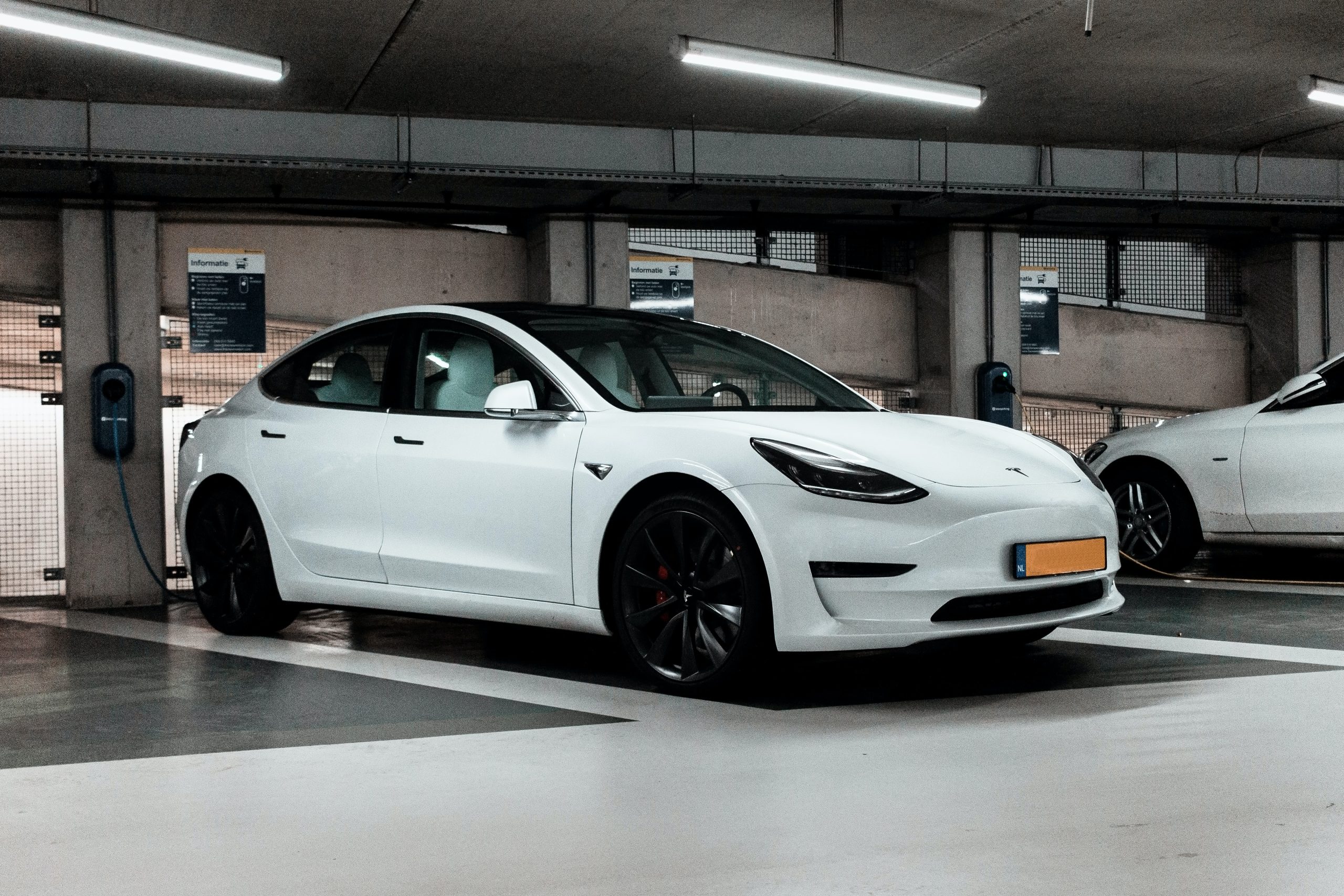My brother and I were talking about cars over dinner. I bought a jeep compact SUV because I wanted a vehicle that could go anywhere (any my mom thought it looked cool). My brother wanted to buy an electric vehicle (EV) to help the environment. My father looked at us and said, “Well, think of the payoff time for an electric vehicle. You’re paying more money up front. How long will the gas savings make up for the initial investment?”
A good question, and a great place to start a discussion about EVs.
According to the Department of Energy EVs still make up only 1.7% of all U.S. auto sales. However, EV sales have grown since 2011, while conventional vehicle sales have dropped since 2016. With Biden’s infrastructure bill signed and poised to infuse $7.5 billion in building out a nationwide EV charging network, this upward trend is likely to continue.
It’s worth running the analysis and weighing the tradeoffs in the transition, and when it would financially make sense for the individual consumer to electrify.
How to make the decision
Let’s think about what’s involved in an EV purchase from a practical standpoint. Vehicle range, charging network availability, time savings (in gas station visits and maintenance), cargo room, and geographic location are all considerations when deciding whether to purchase an EV or not.
Identity and attitude can also play a large role; It’s safe to say a good portion of Tesla buyers care more about the image than they do about saving the planet.
For the bulk of the population, though, cost will be the most important factor, and that depends on vehicle retail price and fuel savings.
Here are the numbers we’ll use to run this analysis
- 2020 Hyundai Kona gas version has an MSRP of $21,440 with 32 mile per gallon (MPG).
- 2020 Hyundai Kona electric version has an MSRP of $38,330 and 120 MPGe.
- (MPGe is a cool concept; it’s a metric the EPA came up with as a way to compare electric vehicles to gas vehicles. 1 MPGe is the amount of electrical energy equal to the energy in one gallon of gasoline. So, if one gallon gets 30 miles, the same energy expended in an EV might get 120 miles. It’s a way to minimize the barrier in understanding since we are all accustomed to MPG.)
- The Department of Transportations says in 2018 that the average person drove 13,476miles in that year.
- (2018 is the most recent data on hand)
- The U.S. Energy Information Administration said that in 2019 the average gas price was $2.60.
- *2020 had some wild swings in gas prices so we’ll use 2019 as a better indication.
How to do the math
- [Average gas price / gallon ] x [Kona gas gallons / mile ] x [ average miles in one year] = fuel cost / year
- [vehicle price difference] / [year / fuel cost] = time to recoup difference
With a price difference of $16,890, it would take about 15.5years to recoup the initial investment to switch from a gas Hyundai Kona to an electric one.
(If you’re looking to do this yourself, tools like the EPA’s fuel economy comparison can be used to make these comparisons in a different way)
Outlook
Return on investment isn’t the only consideration when comparing gas to electric cars (take a look at this study from Northwestern University regarding the public health benefits of an EV transition), but it will be an important factor for widespread adoption. While some government incentives can bring the price of an EV down, the cost barrier will remain prohibitive until the industry develops and scales further. More efficient battery technology with cheaper materials, along with the savings that come with mass production, could prove to lower the price of an EV. Until then, there will remain a cost hurdle to EV purchase.
About The Author

John currently works at the Pacific Northwest National Laboratory as an Engineering Analyst Fellow. He has his master’s in Biotechnology, Sustainability, and Entrepreneurship from Northwestern University and has conducted research on microbial wastewater mitigation, soil batteries, and biomass chemical conversion and valorization. His goal is to help the world develop, understand, and embrace solutions to the climate crises. In his spare time he enjoys trail running, cycling, rock climbing, reading books, and playing the banjo.

